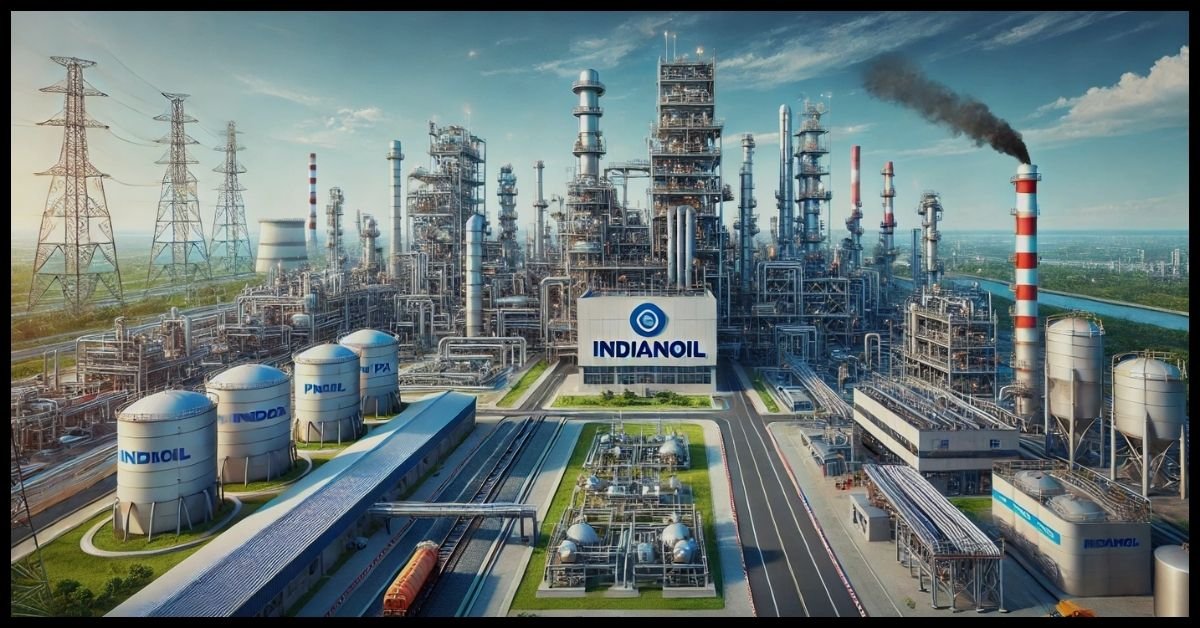The world of petrochemicals is vast and complex, but one name that consistently stands out is PX IndianOil. Known for its critical role in producing paraxylene (PX), IndianOil has become a key player in the global petrochemical industry. This article dives deep into PX IndianOil, exploring the intricate processes behind it, the growing market demand, and its potential for investors. Whether you’re an industry expert or a savvy investor, this comprehensive guide will provide everything you need.
Understanding PX IndianOil
What is PX?
Paraxylene (PX) is an important chemical building block, primarily used to manufacture purified terephthalic acid (PTA), which in turn is used to produce polyester. Polyester is widely used in fabrics, packaging, and even plastic bottles. PX is, therefore, a critical raw material that fuels a range of industries, from textiles to packaging.
IndianOil, one of India’s largest energy companies, plays a significant role in producing and supplying PX to meet domestic and international demand. The company’s PX production facilities are state-of-the-art, ensuring high efficiency and output to meet the rising needs of the petrochemical industry.
The Production Process
PX production is a complex process involving several refining stages and chemical reactions. IndianOil refines crude oil in large-scale operations, and through various distillation and chemical processes, PX is extracted as a byproduct. The refining process includes:
- Crude Oil Distillation: This is the first step in which crude oil is heated and separated into different fractions. One of these fractions is naphtha, a key feedstock for PX production.
- Catalytic Reforming: Naphtha is then processed in catalytic reforming units, which produce a mixture of hydrocarbons, including aromatics like benzene, toluene, and xylene (BTX).
- Xylene Isomerization: The xylene mixture is then passed through isomerization units, separating and purifying paraxylene.
- PX Purification: The final step involves purification to obtain high-quality paraxylene used in further petrochemical processes or exported to various industries.
IndianOil’s advanced technology ensures the efficient production of PX while minimizing environmental impact. This positions the company as a leader in sustainable petrochemical production.
PX IndianOil’s Role in the Market
Growing Demand for PX
The demand for PX is proliferating and is driven by the global increase in polyester production. The textile industry relies heavily on polyester for its versatility, durability, and cost-effectiveness. Similarly, the packaging industry has seen a surge in demand for PET (polyethylene terephthalate) bottles made from PX derivatives.
IndianOil’s position as a significant PX supplier allows it to meet this growing domestic and international demand. With manufacturing facilities strategically located across India, the company can supply large volumes of PX to Asia, Europe, and other markets.
IndianOil’s Competitive Edge
IndianOil has several critical advantages over its competitors in the PX production sector:
- Strategic Location: IndianOil’s production facilities are near major industrial hubs and ports, making transporting and exporting PX easier.
- Advanced Technology: The company uses cutting-edge technology to optimize production processes and reduce costs.
- Sustainability Initiatives: IndianOil is committed to reducing its carbon footprint through energy-efficient practices and cleaner production methods, which is increasingly essential in today’s environmentally conscious market.
Investment Opportunities in PX IndianOil
Why Investors Should Care
For investors, PX IndianOil presents a lucrative opportunity. As the global demand for polyester rises, IndianOil’s PX production capabilities will likely grow significantly. This, in turn, makes the company’s stocks an attractive option for long-term investment. Additionally, as IndianOil focuses on sustainability and innovation, its market value is expected to rise further.
Market Growth and Projections
The global PX market is expected to grow at a compound annual growth rate (CAGR) of around 6% between 2024 and 2030, with much of this growth being driven by the textile and packaging industries. IndianOil, with its established infrastructure and competitive edge, is well-positioned to capitalize on this trend.
Moreover, IndianOil’s ongoing expansion projects and focus on increasing capacity for PX production further enhance its attractiveness to investors. These projects increase production and signal the company’s long-term commitment to meeting future demand.
Risks and Considerations
While PX IndianOil offers excellent potential, there are some risks that investors should consider:
- Volatility in Crude Oil Prices: As PX is derived from crude oil, oil price fluctuations can impact PX production’s profitability.
- Environmental Regulations: With increasing global emphasis on reducing carbon emissions, IndianOil must continuously adapt to stricter environmental regulations, which may require additional investment in cleaner technologies.
Despite these challenges, IndianOil’s strong market position, advanced technology, and commitment to sustainability make it a solid choice for investors looking to tap into the growing PX market.
FAQs
What is PX used for?
PX, or paraxylene, is primarily used to produce purified terephthalic acid (PTA), which is used to make polyester for textiles, packaging, and plastic bottles.
How does IndianOil produce PX?
IndianOil produces PX through a multi-step refining process that involves crude oil distillation, catalytic reforming, and xylene isomerization.
Why is the demand for PX increasing?
The demand for PX is rising due to the growing global demand for polyester, particularly in the textile and packaging industries.
What makes IndianOil a leader in PX production?
IndianOil’s competitive edge comes from its advanced technology, strategic production locations, and commitment to sustainability, making it a key player in the PX market.
Is investing in PX IndianOil profitable?
Yes, investing in PX IndianOil can be profitable due to the growing global demand for PX and the company’s strong market position. However, investors should also consider market risks such as crude oil price volatility and environmental regulations.
What are the risks associated with PX production?
The main risks include fluctuations in crude oil prices, which can affect profitability, and the need to comply with increasingly strict environmental regulations.
Conclusion
PX IndianOil is a cornerstone of the global petrochemical industry, playing a critical role in polyester production through paraxylene. As global demand for polyester rises, IndianOil is well-positioned to meet this demand with its cutting-edge technology and sustainable practices. PX IndianOil represents a solid investment opportunity for investors, though weighing market risks is essential. By staying ahead of environmental regulations and continuing to innovate, IndianOil is set to remain a leader in the PX market for years to come.











